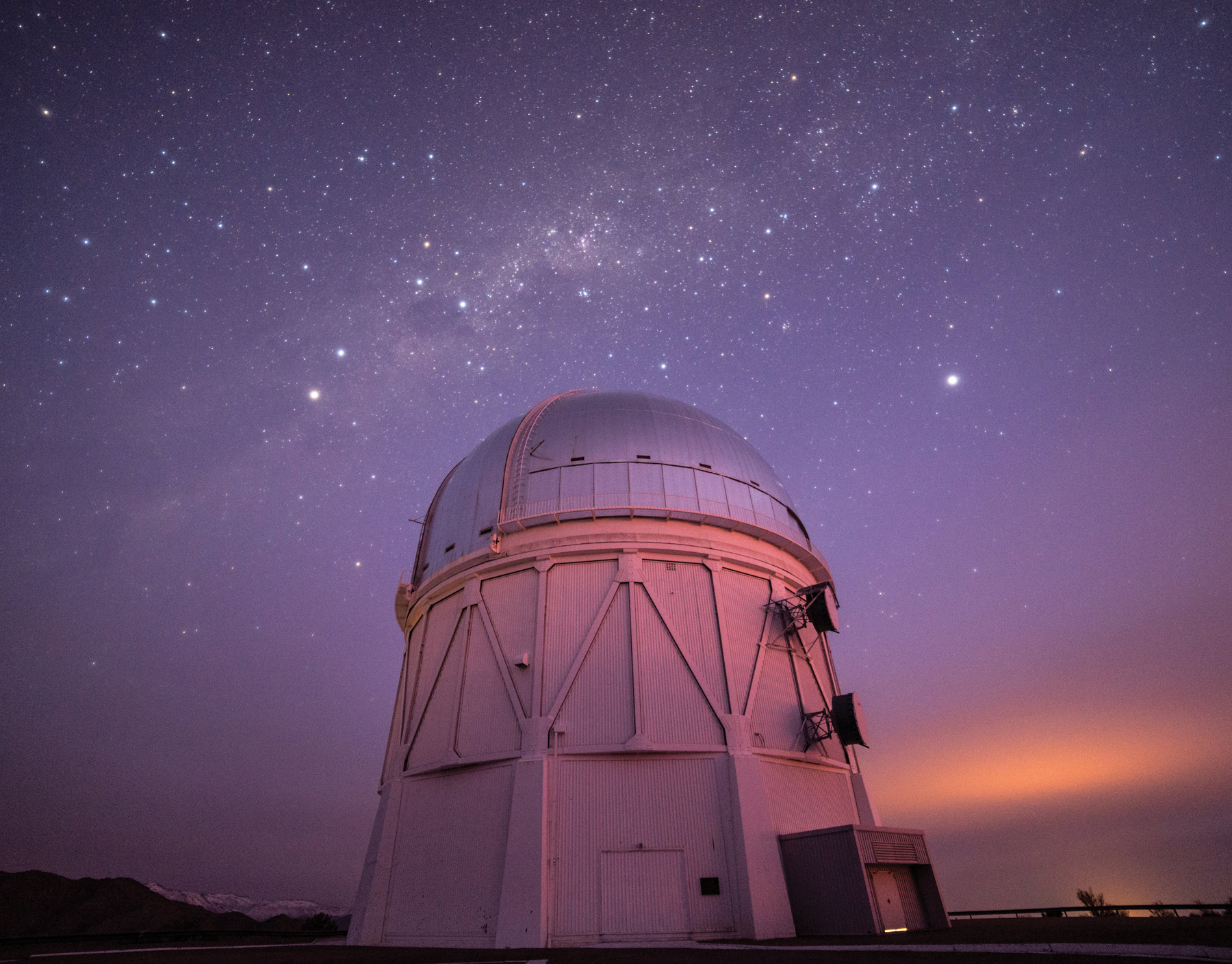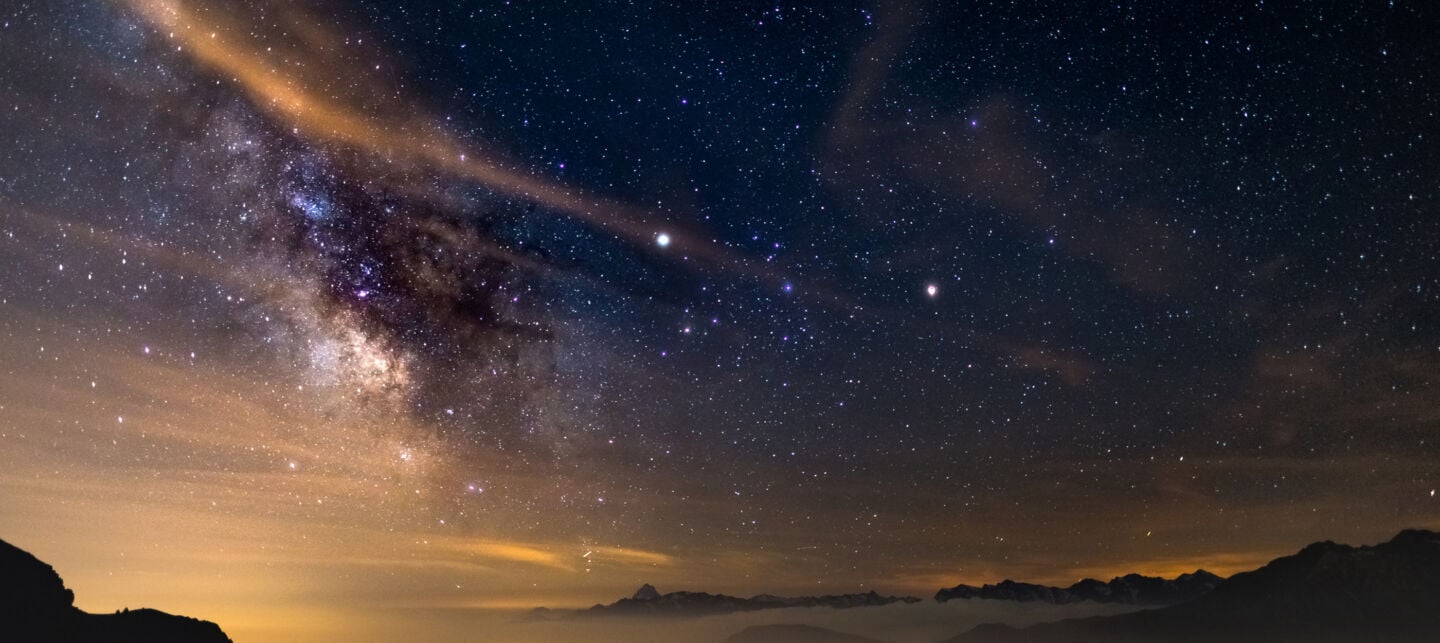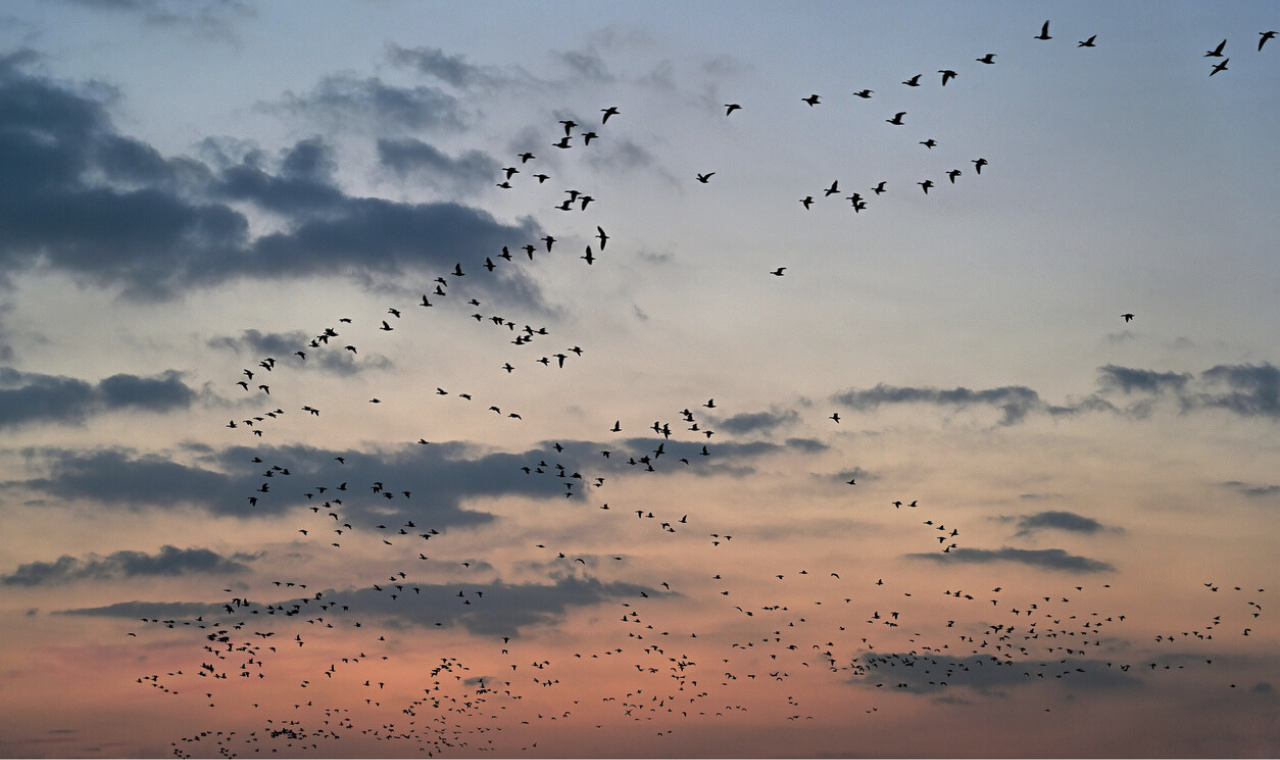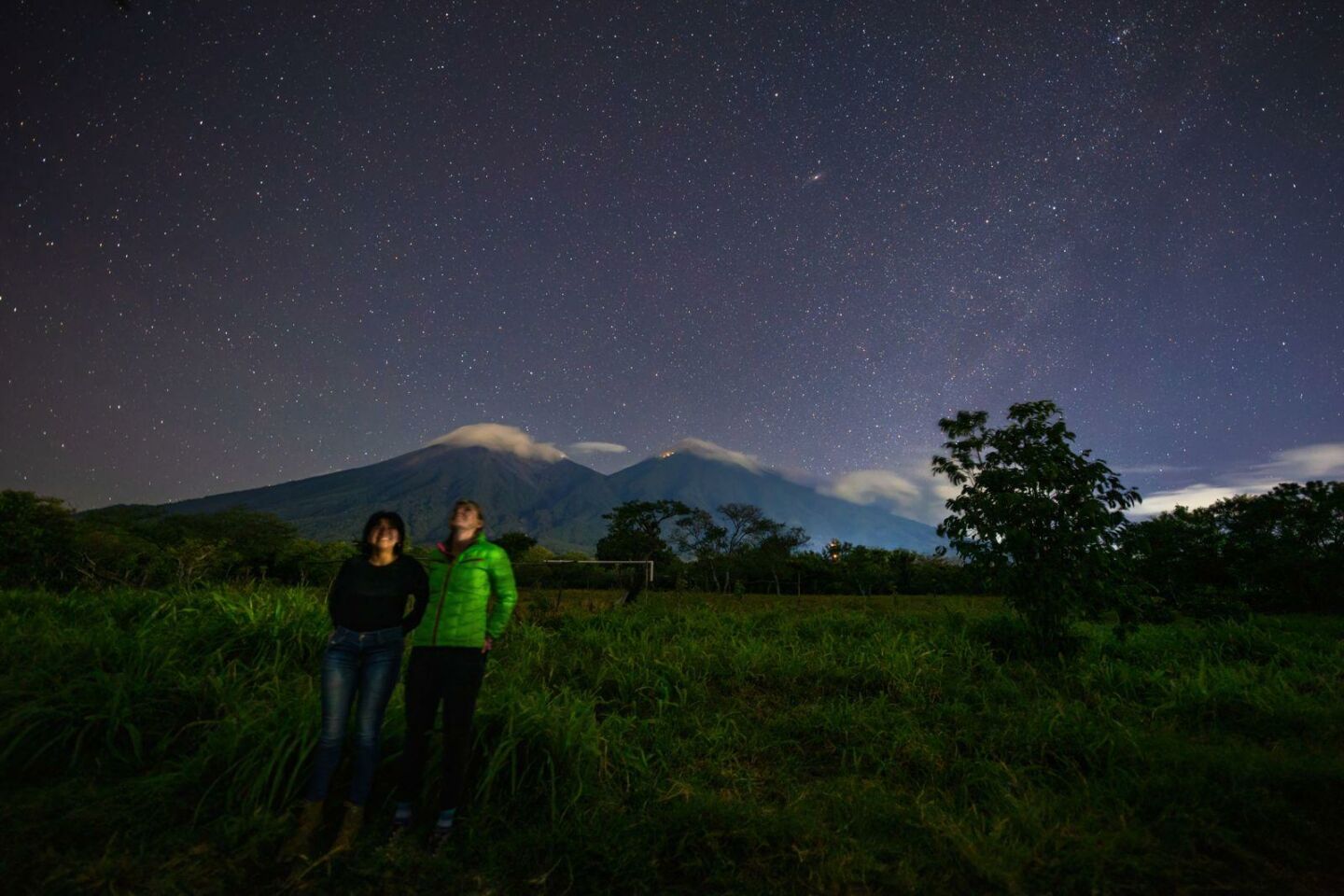
Press Release: Protecting Dark Skies for Astronomy and Life

Below is the Press Release that was released on January 6th by the Lowell Observatory and National Optical Astronomy Observatory. John Barentine, IDA’s Program Manager, participated in the AAS Workshop in Grapevine, TX.
JOINT PRESS RELEASE: LOWELL OBSERVATORY, NATIONAL OPTICAL ASTRONOMY OBSERVATORY
Artificial light glow is a threat to astronomical research, personal safety, and the health of both humans and wildlife, and the problem is worsening with the proliferation of LED billboards and blue light LEDs as an option for street lighting. Within five years, LED technology will take over as the dominant type of outdoor lighting. With this in mind, scientists and lighting engineers say now is the time to implement strategies for reducing the artificial light glow problem. By working together, they are identifying the best type of LED to use while suggesting actions that minimize superfluous lighting.
Meeting in Grapevine, Texas at the 229th meeting of the American Astronomical Society (AAS), representatives from several western America observatories led a workshop with other dark sky advocates, including a lighting engineer. The workshop showcased successful outcomes with real “before” and “after” data and an expectation that going forward, future venues can achieve this end goal.
Addressing the inevitable increase in the use of LED lighting, participants identified three factors that are important to minimizing sky glow: shielding, brightness, and color of the light. Ideal fixtures allow light to point downward—to sidewalks, for instance—but block light from pointing toward the sky. Dimmer lights—resulting in less peripheral light spread—are preferred, while the color of the light is also important; scientists have shown that blue-rich light increases glare (thus inhibiting vision), has a greater geographical spread than light with less blue, and adversely affect wildlife behavior.
Kitt Peak National Observatory Director Lori Allen said that even in areas where the value of dark skies has been appreciated for years, the conversion from low or high pressure sodium streetlights to LEDs could be a giant step backward, unless those LEDs are properly shielded and have a color temperature of 3000K or less. Allen said, “The 4000K LEDs should not be used for outdoor lighting, as the strong blue light emitted by these is harsh in appearance and detrimental to astronomy and wildlife, and, according to a recent study by the American Medical Association (Report 2-A-16 of the Council on Science and Public Health), there is growing evidence that this light may be harmful to human health.”
Chris Monrad, a consulting electrical engineer, is playing a critical role in resolving the artificial light problem. Working with Lowell Observatory and the City of Flagstaff, he is helping educate Flagstaff community leaders with viable solutions which the city will likely then adopt. This effort serves as a model for other communities to work with, rather than against, dark sky advocates and the lighting industry to find artificial light solutions that meet everyone’s needs.
Allen said, “I encourage anyone who is interested in this issue to contact their city and county planners, find out what is being planned for their community and let their officials know what kind of lighting they want. It’s essential for citizens to be involved. If you are looking for a good place to start, contact the International Dark Sky Association, who can put you in touch with your local IDA chapter.”
Media Contact
Kevin Schindler, Lowell Observatory [email protected]
AAS Workshop Participants
Lori Allen, Kitt Peak National Observatory [email protected]
Jeff Hall, Lowell Observatory [email protected]
Christian Monrad, Monrad Engineering [email protected]
Chris Smith, AURA Observatory [email protected]
John Barentine, International Dark Sky Association [email protected]
Dan McKenna, Palomar Observatory [email protected]
Connie Walker, NOAO [email protected]
Patrick Seitzer, University of Michigan [email protected]



















